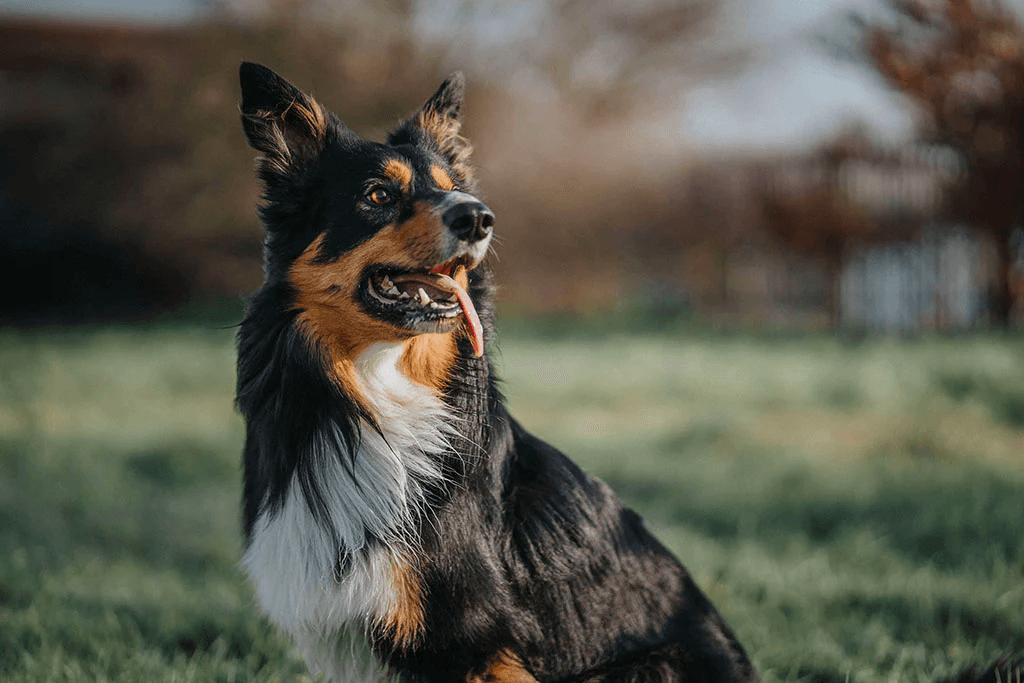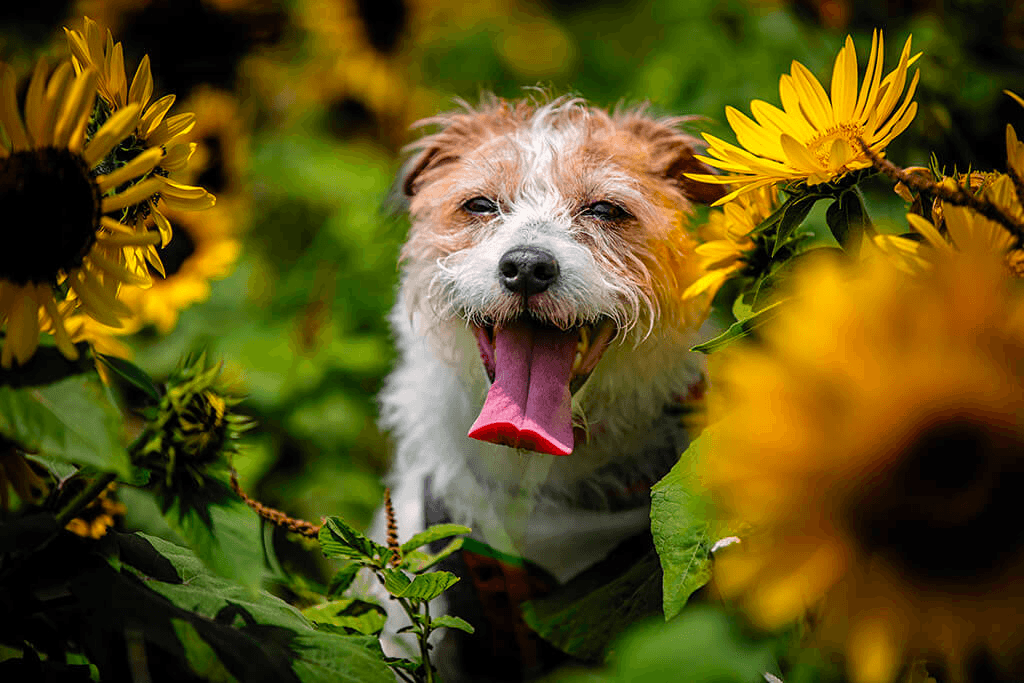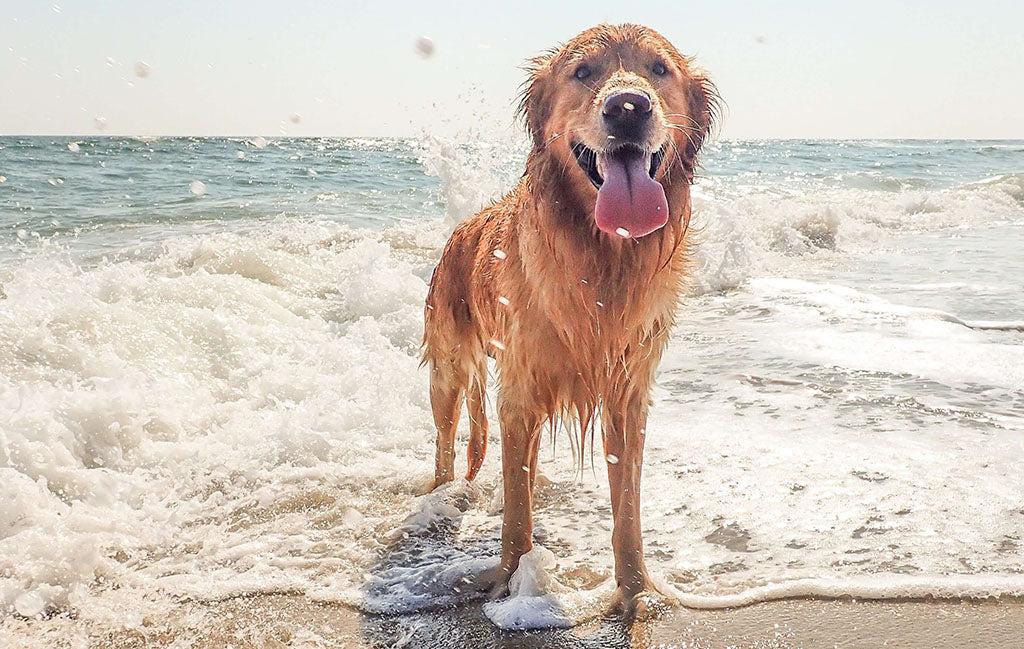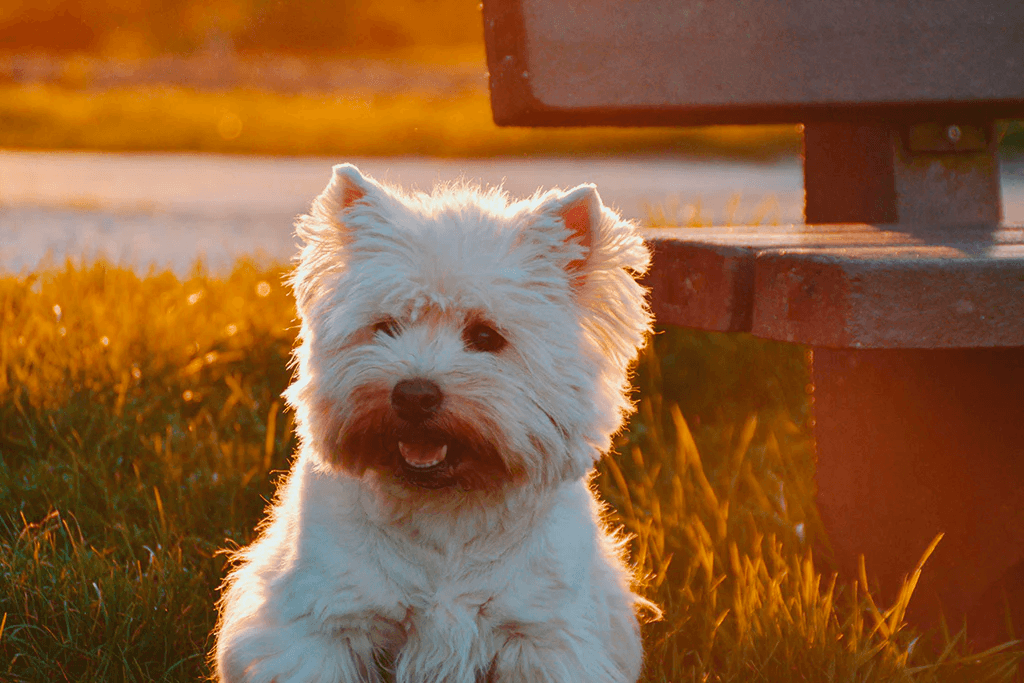Wondering if Aquaphor is safe for dogs? Learn how this popular ointment can be used on paws, noses, and minor wounds—plus safety tips, risks, and vet-approved alternatives.
- Home/
- Dog/
- Health & Wellness/
- Is Aquaphor Safe for Dogs? A Vet Explains the Truth
Is Aquaphor Safe for Dogs? A Vet Explains the Truth

Most people are familiar with Aquaphor, a thick, petroleum-based ointment used as a skin protector and moisturizer for humans.
People use Aquaphor to help minor wounds heal or protect exposed skin against wind and dry weather, and many dog owners wonder if it could help their furry friends the same way. The answer isn’t quite as simple as a ‘yes’ or ‘no,’ so let’s dig in.
What Is Aquaphor?
Aquaphor is a popular product, but do you know what it contains? Here is a brief explanation of the ingredients in Aquaphor:
- Petrolatum (or petroleum jelly): A jelly-like substance that coats and protects the skin from harsh environments. It helps keep moisture within the skin, promoting the healing of minor, non-infected wounds.
- Mineral Oil: Another petroleum-based product that helps create a barrier between the skin and the environment. It is sometimes used as a moisturizer because it helps prevent water from evaporating, even though it doesn’t truly moisturize the skin.
- Ceresin: A mineral wax that helps give Aquaphor its thick, nearly solid texture. It further enhances the moisturizing and protective qualities of the other ingredients.
- Lanolin alcohol: An alcohol created from lanolin, the skin oil of sheep that helps protect their skin and wool. Lanolin is considered a strong moisturizer but can also cause allergic reactions.
- Panthenol: A product that draws moisture into and softens the skin.
- Glycerin: A liquid that draws moisture into the skin.
- Bisabolol: A chemical derived from chamomile. It is used as a fragrance and a soothing agent. It can cause allergic reactions.
What Is Aquaphor Used For?
Aquaphor was developed for humans and has many uses, such as:
- Moisturizer for dry skin
- Protectant for skin exposed to harsh environments like extreme cold, extremely dry air, or high winds
- Protection for chapped lips
- Protecting and promoting healing of minor wounds such as scratches, cuts, or burns
Is Aquaphor Safe for Dogs?
In general, Aquaphor is safe to use on dogs. It can help minor wounds heal faster, moisturize dry noses, and protect paw pads from winter weather. But there are some essential rules you need to follow.
- Don’t apply a thick layer. Because Aquaphor forms a barrier on the skin, thick layers can cause irritation and even increase the risk of infection when used on wounds.
- Don’t apply to infected wounds. The same barrier that helps protect the skin also holds bacteria in wounds and can make infections worse.
- Don’t allow your dog to lick the ointment. Because Aquaphor is made for humans, it hasn’t been tested for safety if your dog licks it.
Is Aquaphor Safe for Dogs to Ingest?
Because dogs don’t use ointments naturally, they are very likely to try to lick off any ointment you apply to them. This means you need to be aware of what could happen if you do decide to use Aquaphor and your pup licks it off.
None of the ingredients in Aquaphor are toxic to dogs, but at least two are known to cause allergic reactions in some pets (and people). If you are allergic to any ingredients, you shouldn’t use Aquaphor on your pup. The same is true if you realize that your dog is allergic. Allergic reactions to Aquaphor usually look like increasing redness, itchiness, or irritation of the area where it was applied. The skin may feel tight, resulting in your dog paying more attention to the area even after you wash off the ointment.
How to Help Keep Your Dog From Licking Aquaphor
Because none of the ingredients in Aquaphor are toxic to dogs, it is not usually a big deal if your pup takes a lick or two at an area where you have applied it. That said, the licking will not only remove the ointment but also increase the risk of irritation and infection in the area you are trying to protect. Because of that, you should try to prevent your pup from getting to it.
Here are a few tips to help keep your dog from licking Aquaphor:
- Apply a thin layer. Thick layers will attract more attention from your dog.
- Apply the ointment right before a distracting activity such as going for a walk, playing ball, or eating dinner. Your dog is much more likely to ignore it after they have had time to adjust to the feeling while doing something else.
- Use a physical barrier to prevent licking. This barrier might be a nose guard, a t-shirt, a diaper, or a cone, but physically preventing your dog from being able to lick the area is the most effective way to keep them safe and the ointment where you put it.
Signs Your Dog Has Eaten Aquaphor
If your dog gets around all your barriers and manages to get a mouthful of Aquaphor, there are a few things you can expect:
- Drooling or lip smacking: The ointment will melt in your dog’s mouth, creating a slimy feeling that their body will try to eliminate by producing excessive saliva.
- Nausea: Once in the stomach, the ointment melts into an oil and mixes with the food and fluids. This may create a greasy mixture that results in nausea or foamy burps.
- Diarrhea: This is the most common problem after ingesting Aquaphor. The ointment melts into several components that act like mineral oil in the intestines, resulting in food moving through much more quickly than usual. The diarrhea is likely to be greasy and difficult for your pup to control, so be forgiving of accidents.
If your pup happens to eat a large amount of Aquaphor, call your veterinarian or pet poison control for advice. Do not attempt to make your dog vomit. Many petrolatum products create a very thick foam that can choke your dog when combined with agents that cause vomiting.
Risks of Using Aquaphor on Dogs
As discussed above, the most common risk of using Aquaphor on your dog is that they will ingest some of the ointment and get an upset stomach. Slightly less common is the risk of allergic reaction. Severe risks, such as eating a large amount of ointment, resulting in choking or stomach upset that requires medical care, are rare but not impossible. Always use caution and watch your dog closely when using Aquaphor on them.
Using Aquaphor on Dogs: A Whole-Body Guide
There are many ways that Aquaphor can help keep your pup healthy. Find some specifics below!
Paws
Aquaphor can help moisturize dry, cracked paw pads. It can also be applied to the paw pads before winter walks to help create a barrier between your pup’s feet and the salty chemicals on sidewalks and roadways.
Only apply a thin layer to your pup’s feet to reduce the risk of slipping. Indoor environments or summer heat can cause the ointment to become thin and oily, so this is a cold-weather trick.
Also, remember that your dog’s paw pads are not meant to be super soft. Routine use of ointments like Aquaphor can increase their risk of injury by making this tough tissue more delicate than it is supposed to be.
Nose
Many dogs develop dry, crusty, overgrown skin on their noses as they get older. Most dogs are not bothered by this, but many humans are. A thin layer of Aquaphor can help soften this tissue and improve the appearance of the overgrowth.
The nose is the trickiest place to use Aquaphor on your dog since it is almost impossible to stop them from licking it off. The only way to prevent your dog from licking Aquaphor off their nose is to use a nose guard, which looks pretty funny but definitely does the job.
Skin
Because most dogs have fur covering their bodies, we don’t use Aquaphor as a moisturizer for dogs like we do for people. Instead, you can apply a thin layer to minor injuries, dry patches, or on hairless areas.
As always, watch for signs of an allergic reaction such as redness, swelling, or increasing itchiness of the area and stop use if these occur.
Ears
Do not use Aquaphor on the inside of your dog’s ears. The petroleum-based ingredients can cause irritation and increase the risk of ear infections. Instead, you can use Aquaphor on the edges of your dog’s ear flaps if they are irritated or injured, the same way you would use it on skin elsewhere on their body.
Eyes
Do not use Aquaphor in or around your dog’s eyes. Again, the petroleum-based ingredients and lanolin are not safe for the delicate tissues of the eyes. You could cause an infection, clogged tear ducts, styes, or other issues by using Aquaphor in this area.
Instead, ask your veterinarian what an appropriate alternative might be for your dog’s situation. They may recommend a dry eye gel that you can pick up at your local drugstore or a prescription ointment to use around the eyes that would be safe if it happened to get into the eye itself.
Vet-Approved Alternatives to Aquaphor
What if your dog is allergic to Aquaphor? Here are a few alternatives to consider:
- Coconut oil: Can be used as a moisturizer and is safe for your dog to ingest. However, your dog might think it tastes good and be more likely to lick it than other options.
- Moisturizing shampoo and conditioner: Ask your veterinarian if there is a brand they particularly love, but a good shampoo and conditioner can go a long way toward improving dry skin issues.
- Omega-rich foods: While not applied topically, omega-rich foods play a powerful role in supporting your dog’s skin and coat health from the inside out. Salmon, sardines, and flaxseed are a few great options to help maintain moisture and promote a shiny, healthy coat.
- Paw protection: You can find plenty of balms designed to protect your pup’s paws, but one of the most effective options is training them to wear booties.
- Vaseline: This is an excellent choice if you are looking for a simple, hypoallergenic way to protect healing wounds.
When to See a Vet
There are numerous types of skin diseases that should be taken care of by a veterinarian. Here are some warning signs that things might be more serious than Aquaphor can fix:
- Things are getting worse. While skin takes some time to heal, and fur can take a long time to grow back, minor skin issues should stay the same or slowly improve. If things are getting worse, it’s time to talk to your vet.
- There are signs of infection. Redness, swelling, oozing, itchiness, and pain are all signs of a possible infection. If you notice any of these, it’s time to schedule an appointment with your veterinarian for further care.
- Your dog is showing signs of pain. While we all know injuries are painful when they happen, things should settle down quickly. If your dog continues to show signs of pain, such as licking, chewing, guarding the area, or even snapping at you, it’s best to get a vet involved.
- The skin is oozing or appears ulcerated. Minor injuries usually appear dry or scabbed, so if liquid is coming from a wound or it appears open, you should skip the Aquaphor and go straight to the vet.
- Your dog’s skin or fur is changing colors. Some skin diseases can cause the coat or skin to change colors. Not all of them are major issues, but they’re definitely more complicated than you want to try to take care of on your own.
Is Aquaphor Safe for Dogs? Final Thoughts
In general, Aquaphor is safe to use on dogs as long as you use a little common sense to go with it. Don’t use too much, don’t let your dog lick it, and don’t keep using it if signs of an allergic reaction occur (on either of you). And, as always, check with your vet about the specifics of your situation to be sure there’s not a better option for your pup.

 J
J



